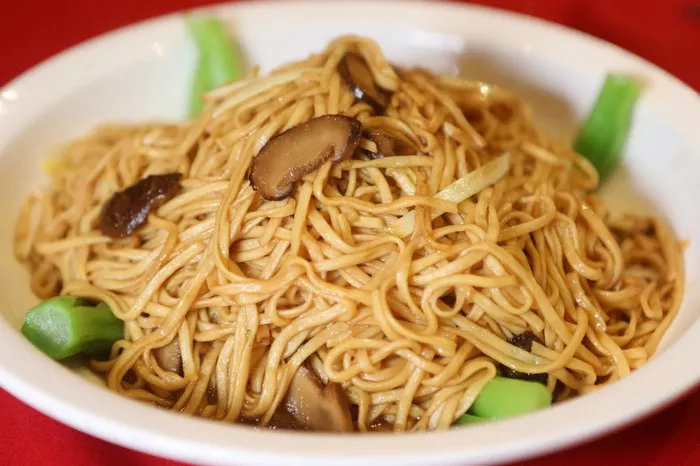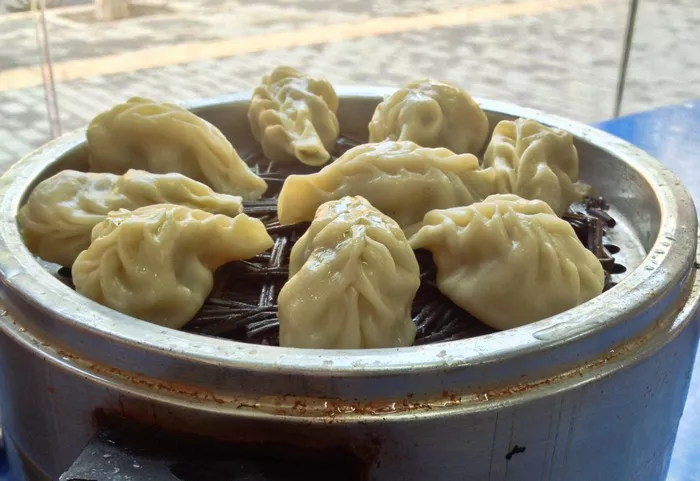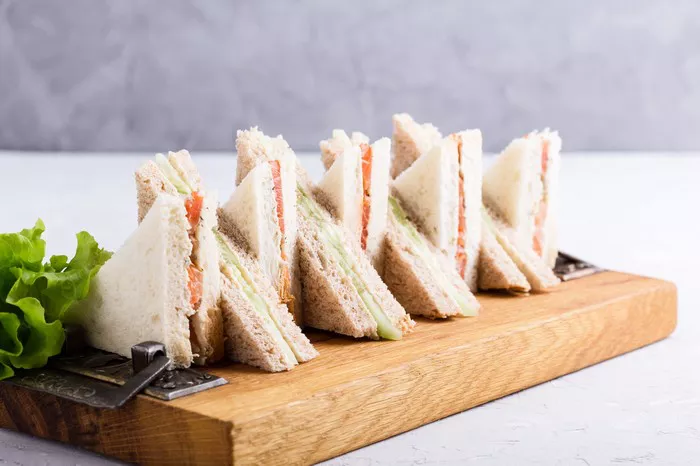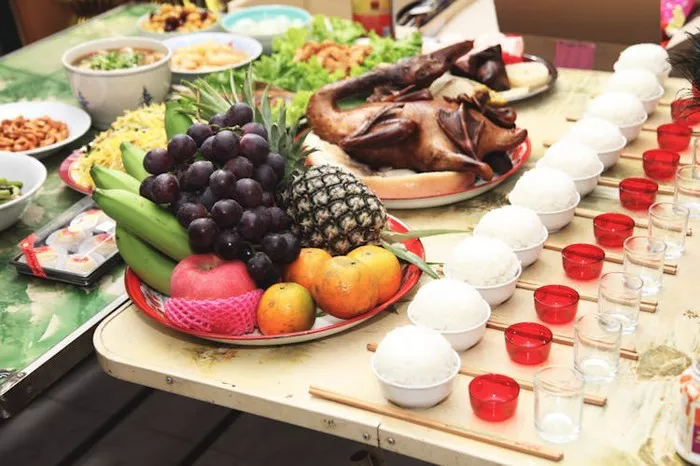Asian cuisine is celebrated worldwide for its rich and diverse flavors, and a significant part of this culinary tapestry is its wide array of noodles. From the delicate and thin to the thick and chewy, Asian noodles come in various shapes, sizes, and textures, offering a delicious journey through different regional cuisines. In this article, we will delve into the fascinating world of Asian noodles, exploring their types, origins, and the unique dishes they create.
Chinese Noodles
Egg Noodles: These noodles, made with wheat flour and egg, are a staple in Chinese cuisine. They are versatile and can be used in soups, stir-fries, or served as a side dish.
Rice Noodles: Commonly used in dishes like Pad Thai, rice noodles are gluten-free and come in different widths. They are soft, slippery, and perfect for soaking up flavors in soups or stir-fries.
Wonton Noodles: These thin, yellow noodles are often served in a clear broth with wontons (dumplings). They are delicate and absorb the savory broth well.
Lamian: Also known as “hand-pulled” or “pulled” noodles, lamian is made by repeatedly stretching and folding the dough. They are chewy and commonly found in noodle soups.
Japanese Noodles
Udon: Thick and white, udon noodles are made from wheat flour. They are known for their chewy texture and are often used in hot noodle soups or stir-fries.
Soba: Soba noodles are made from buckwheat flour and have a nutty flavor. They can be served hot in soups or cold with a dipping sauce.
Ramen: Ramen noodles, made from wheat flour, have become a global sensation. They are available in various thicknesses and are typically served in a flavorful broth with toppings like pork, egg, and vegetables.
Thai Noodles
Pad Thai Noodles: These thin rice noodles are a key ingredient in the popular Thai dish Pad Thai. They are stir-fried with tamarind sauce, shrimp, tofu, and various seasonings.
Pad See Ew: These wide rice noodles are stir-fried with soy sauce, Chinese broccoli, and your choice of protein, creating a savory and slightly sweet dish.
Vietnamese Noodles
Pho: A Vietnamese classic, pho features thin rice noodles in a fragrant beef or chicken broth. It’s typically served with fresh herbs and lime for customization.
Bun: Bun noodles are thin rice vermicelli, often used as a base for salads topped with grilled meats, fresh herbs, and fish sauce.
Korean Noodles
Japchae: These glass noodles, made from sweet potato starch, are stir-fried with vegetables and protein, creating a sweet and savory dish.
Naengmyeon: Cold buckwheat noodles, usually served in a tangy and refreshing broth, are perfect for hot Korean summers.
Here’s a fun fact about Asian noodles:
Fun Fact: Did you know that the length of a noodle strand has symbolic significance in some Asian cultures? In Chinese and Japanese cultures, long noodles symbolize longevity and are often served during celebrations like birthdays and New Year’s. It’s considered good luck to eat the noodles without breaking or cutting them, as it’s believed to bring a longer, healthier life. So, the next time you enjoy a bowl of these delicious noodles, remember that you’re not just savoring a meal but also a tradition rich in cultural meaning!
Conclusion
Asian noodles are an integral part of the continent’s culinary heritage, offering an incredible variety of textures and flavors. From Chinese egg noodles to Japanese ramen and Thai pad Thai, each type of noodle brings its unique character to the dishes it’s a part of. Exploring the world of Asian noodles opens up a world of delicious possibilities, allowing you to savor the tastes of different cultures, one bowl at a time.























